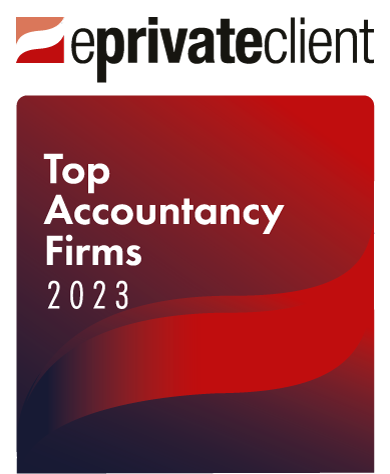Bigger and better
Despite initial concerns that Research and Development Tax Reliefs might only survive as long as the Labour government which introduced them, the Conservatives and Liberal Democrats have continued to make the regime even more generous. What should companies take from this, and how can they improve the benefit they receive?
The benefit
As of 1 April 2014, the R&D Tax Credit for loss making SME companies has increased by 8%, to just over 33% of the qualifying R&D expenditure incurred. In other words, where a company spends £100,000 on qualifying R&D, HMRC will provide the company with a cash payment of just over £33,000. This has a real impact on company budgets and makes UK businesses more able to employ technical staff and enjoy the benefits of increased turnover from the new products that they develop. Where a company is profitable and tax paying, the cash benefit is slightly lower at around 26%.
In addition, since the introduction of the Research and Development Expenditure Credit (‘RDEC’) on 1 April 2013, loss making Large companies can benefit from their own payable cash credit. This was a huge step for Large companies, who had previously only received a cash benefit from HMRC if they were tax paying and able to use the R&D Relief to reduce their tax bill.
Missing the capital?
Many companies still don’t realise that, in addition to the R&D Tax Reliefs for SMEs and Large companies, there is also a very valuable capital allowance which can be claimed in respect of assets purchased for use in R&D activity – Research and Development Allowances, or ‘RDAs’.
The definition of qualifying R&D applied to RDAs is the same, but this capital relief allows a company to obtain a 100% deduction in the year of expenditure in relation to any assets purchased for use in R&D activities.
This includes all types of asset, the only exclusions being land and dwellings. Crucially, this means that buildings can be included in a RDA claim. Given the lack of any other kind of tax relief for expenditure on buildings, this is something that companies with qualifying activities cannot afford to miss. Our specialists have helped companies save millions of pounds by making successful RDA claims, with a single claim having resulted in a cash benefit of over £1m.
Is everyone on board?
As a result of the longevity of the Reliefs, more companies have realised that they don’t need to be employing scientists in white coats in order to be undertaking qualifying R&D activity for tax purposes. However, there are still a huge number of companies who are eligible to claim R&D Tax Relief but do not do so, either because they are unaware of its existence, their eligibility, or they assume making a claim as too time consuming.
Some regions seem to be particularly affected by this phenomenon. Last year, while HMRC confirmed that a record £1.4bn of claims were submitted and agreed, companies with their main operation in Yorkshire and the Humber only accounted for approximately £50m of these.
Making a R&D claim does not have to be onerous or time consuming. A good adviser will make sure that your first claim is as straightforward as possible, and that a process is embedded to ensure that claim preparation and submission is as easy as possible in future years. They will also ensure that the cost to the company of making the claim is far outweighed by the cash benefit received.
Where to now?
It seems ever more likely that R&D Tax Relief is here to stay. In light of this, companies need to take the time to think about how they can make claims in the most effective way.
Those that are already making claims should ensure that they continue to do so, and that these claims are reviewed on a regular basis in order to ensure that they are maximised. However, they should also ensure that they are obtaining high quality advice and not paying unreasonably high fees to their adviser. There are many examples of companies who are making regular and established R&D claims, but still paying advisers high contingent fees (usually in excess of 10% of the cash benefit of the claim). In most cases fees above this level are not necessary, particularly where a claim is established, and companies should not be afraid to challenge their advisers on this point.
Companies who are not making claims, but having read this article or our description of qualifying activity think they may be eligible, should contact an adviser as soon as possible to ensure that they don’t miss out.
We have deep expertise in making R&D Tax Relief claims and ensure that our fees are both ethical and fully transparent. For more information contact Grace Bonse on 020 8037 1030 .





